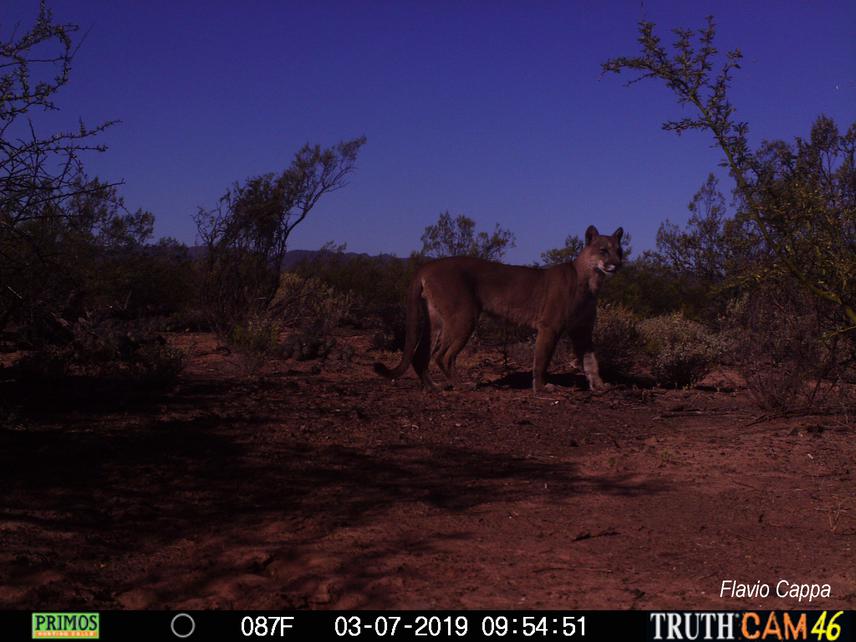Elín Avellá Machado
To better understand the conflict between people with carnivores, it is of utmost importance to know the ecological and anthropogenic factors that trigger or favour livestock predation. This knowledge would help reduce the number of attacks, which in turn will decrease retaliatory killing events. Likewise, it is necessary to ensure the rights and livelihoods of rural producers if we want to conserve the species that generate conflict, since they are the ones who bear the economic losses and who are in constant contact with predators. These conflicts, together with habitat loss and fragmentation, hunting, prey decline, and illegal trade, are the main causes threatening the survival of carnivore species. Argentina, which has a very extensive livestock tradition, and its economy relies heavily on it, also has a historical conflict with carnivores. Although three species with the highest negative perception have been identified through interviews of other projects in the area: Puma concolor (puma), Lycalopex gymnocercus (fox) and Vultur gryphus (condor), this work will focus on the puma, which tops the list.

Puma concolor. © Flavio Cappa.
The puma is the second largest feline in America, and the mammal with the widest distribution of any other terrestrial mammal in the western hemisphere. Like other felines, the puma faces serious threats such as habitat loss and fragmentation, diseases, poisoning, vehicles collisions, and legal and illegal hunting, which in livestock systems can occur as a preventive measure or in retaliation for livestock deaths. Despite being categorised nationally and internationally as “least concern”, there are populations that are declining as consequence of the aforementioned factors, mainly the low tolerance of ranchers toward large felines in livestock systems.
The aim of this project is to estimate the frequency of puma predation events and their location, in order to identify the sites with the highest risk of predation, in the two most productive localities of San Juan, Valle Fértil, Argentina. Hence, different fields sampling will be used, as GPS collars placed on goats, camera traps, as well as citizen science, which allow residents to be involve inhabitants as active actors in the data generation through data collection, knowledge sharing, results discussion, even in a subsequent shared decision making. The final product will consist of a predation risk map, which will help enforcement authorities to undertake management actions.
Header: Study site. ©Flavio Cappa.